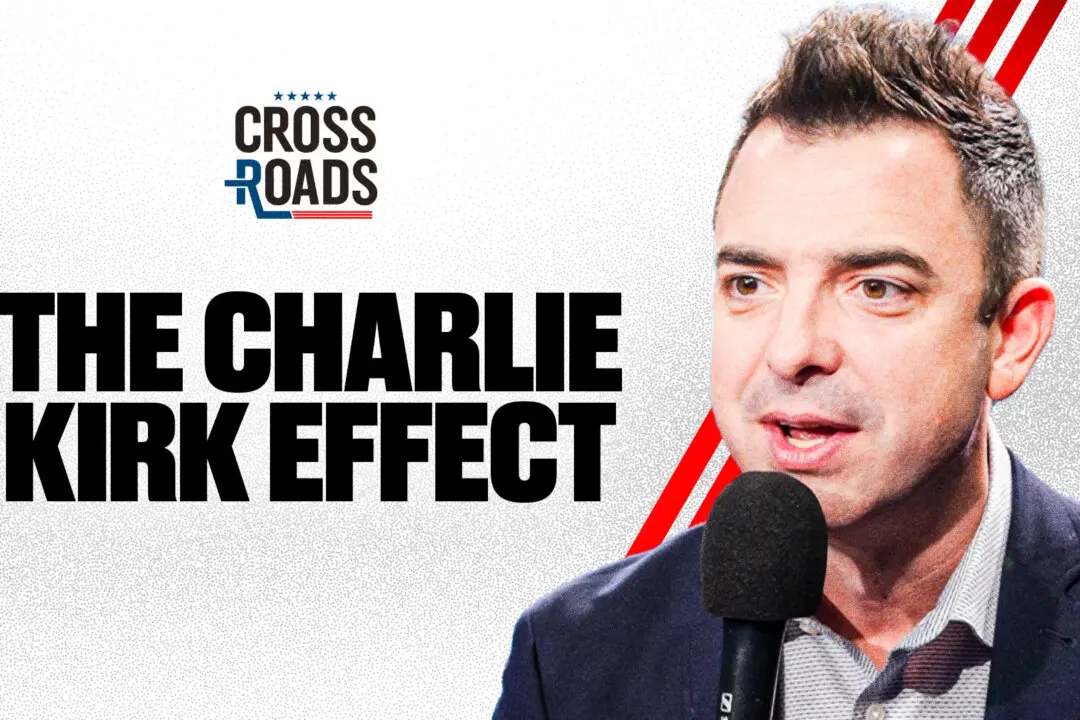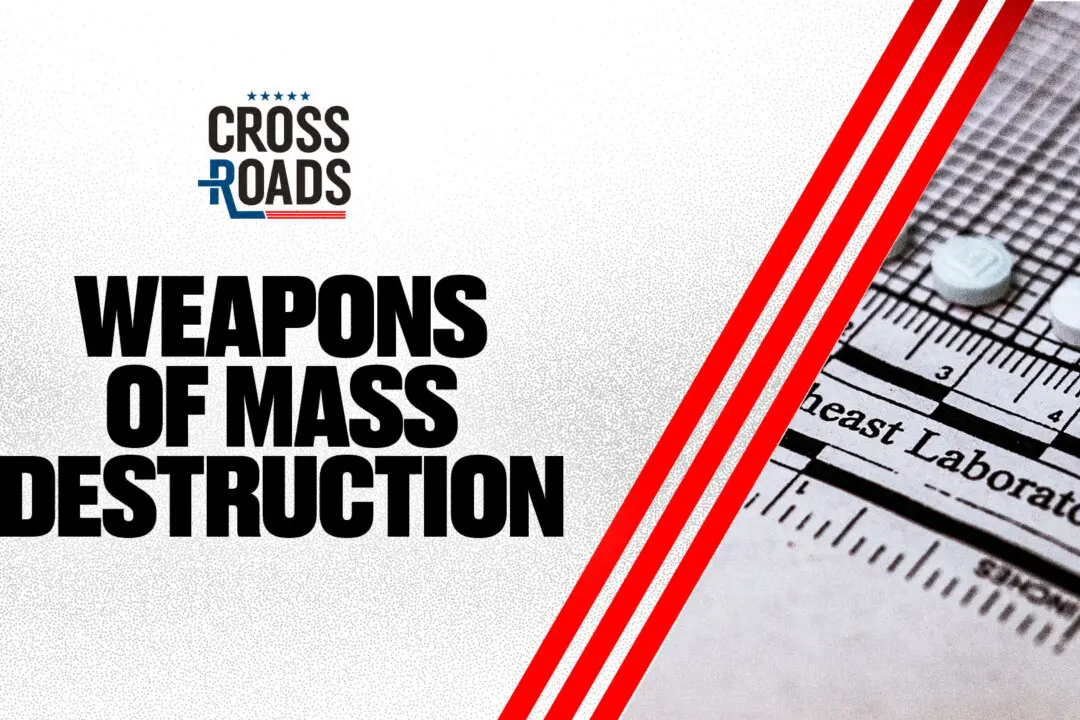It was during a conference on personal finance in 2005 that Sabrina Lamb began to wonder how different the world would be if children were given the same information she was hearing. After a moment of thought, she realized that had she received such information as a child, “My life would be totally different.”
She went on to found WorldofMoney.org, a financial education institute for youth in New York City. It wasn’t until Lamb began engaging children about finances that she realized the pervasiveness of the problem—many kids knew little or nothing about it.
“They don’t understand the link between their mindset, their behavior, or their decisions to financial outcome,” Lamb said in a phone interview.
With no official or universal outlet to educate children about financial literacy in the United States, it has fallen to parents to teach their children about money.
The fundamental problem with this system is that the information taught is limited to the knowledge of the parents. Studies have shown that financial literacy is low among youth, and “fewer than one-third of young adults possess basic knowledge of interest rates, inflation, and risk diversification,” according “Financial Literacy among the Young: Evidence and Implications for Consumer Policy,” a Jan. 28, 2010, report by researchers from Harvard University, Dartmouth College, and The Wharton School.
Public Outreach
There is no set standard for financial education in the United States. Often, the information is given through banks and nonprofit organizations.
“Nonprofits end up being the conduits for some of those social programs,” said Anna Dioguardi, director of community organizing and development at the Queens Community House, in a phone interview.
The social services organization based in the neighborhood of Jackson Heights, in Queens, N.Y., offers several community education programs, including financial education for immigrants and youth.
Sometimes funding may come from government sources. Community-based organizations are often among the best conduits for community education and outreach, as they’re already engaged in the local community.
“I think that there is a general understanding that if the government wants to do something and be successful while reaching a certain number of people, they sometimes depend on community-based organizations,” Dioguardi said.
Funding is also a factor. Although some nonprofits were hit during the financial crisis, they tend to be less impacted by government spending cuts than government programs. “Funding is a really big problem right now, but with public-private partnerships there is better sustained funding,” Dioguardi said.
Looking to Schools
Although the Queens Community House and similar organizations across the country are providing financial education programs, there is another issue that even the government has trouble with—sometimes people simply do not make use of the available services.
For less educated families, the knowledge is often gained through mistakes, and there are disparities according to race and gender. White males from college-educated families are often far above the rest when it comes to financial knowledge, according to the Harvard University, Dartmouth College, and The Wharton School report.
Some cultures believe that finances should be handled by men, and that women and youth shouldn’t concern themselves with money. Additionally, even individuals who reach out to educate themselves may find that the information available isn’t always credible.
“Not everybody comes from a family with a college degree, so for everybody else, they need to go fish for financial information,” said Annamaria Lusardi, director of the Financial Literacy Center, a joint center of the RAND Corporation, Dartmouth College and Wharton School, in a phone interview.
Many experts in the field believe financial education should be a required subject for schools, and Lusardi is among them. “If we don’t offer it in schools, if we don’t offer it in a vigorous way, there will be very few opportunities for people to learn,” she said.
There are only a handful of major financial decisions in each person’s life, many of which occur relatively early on—including education, marriage, and buying a home.
According to Lusardi, the current state of things is not good. She referenced a Jumpstart Coalition for Personal Financial Literacy study that found only 7 percent of high-school students were able to pass a test of basic financial knowledge.
“If we don’t push for financial education, the youth will not be informed and will start their lives without being financially literate, at a moment when they need to make very important decisions on how to invest in their own educations,” Lusardi said.




